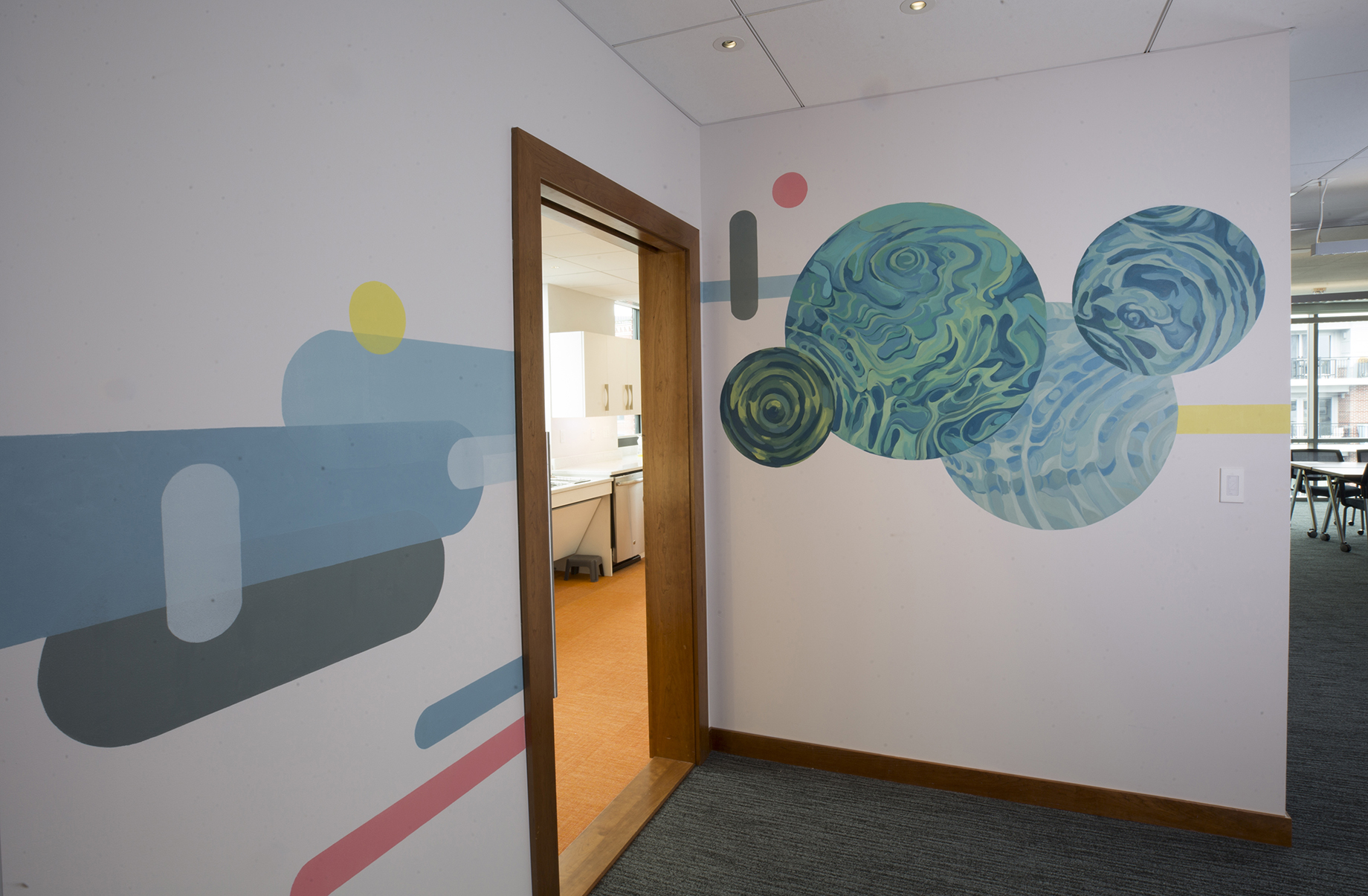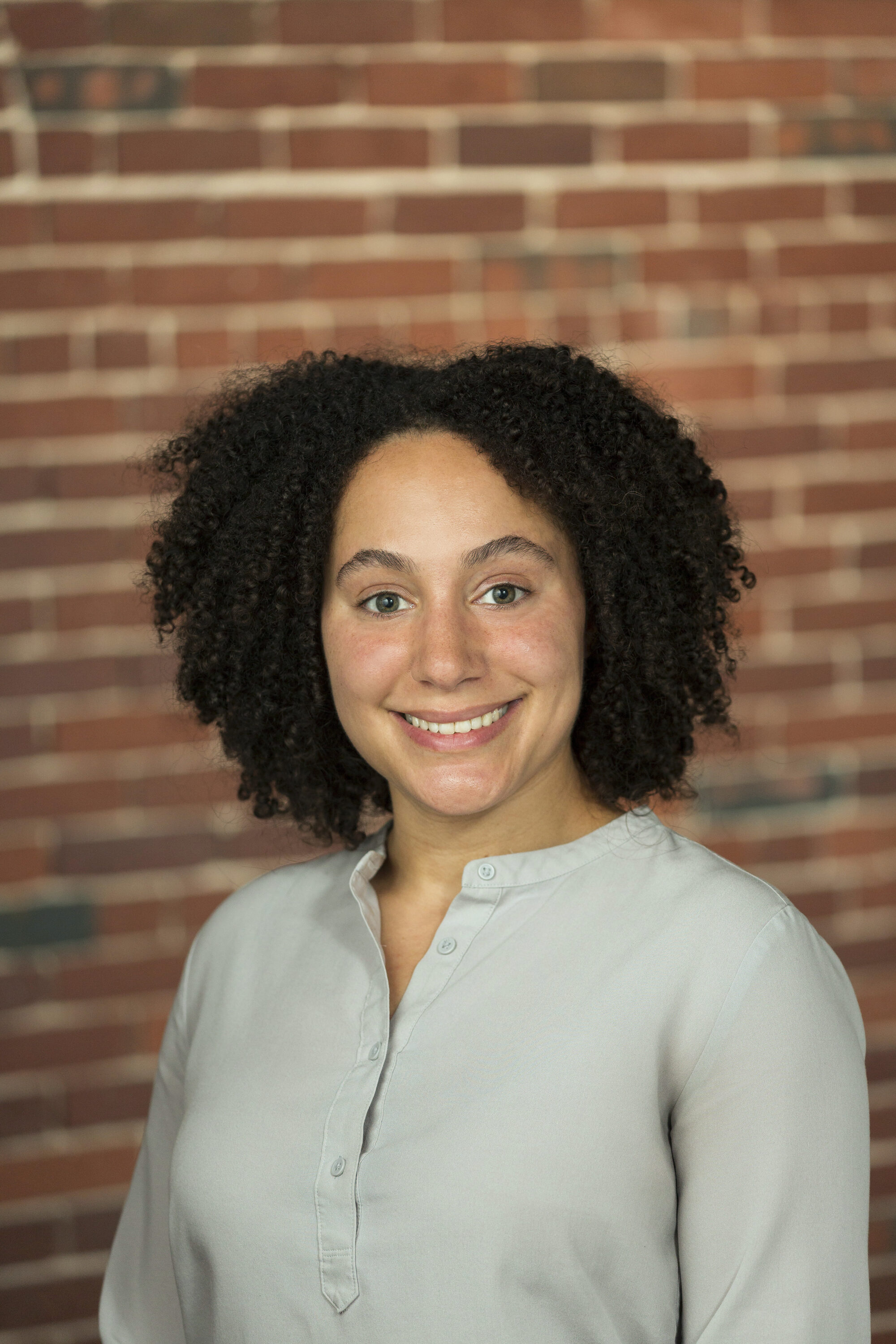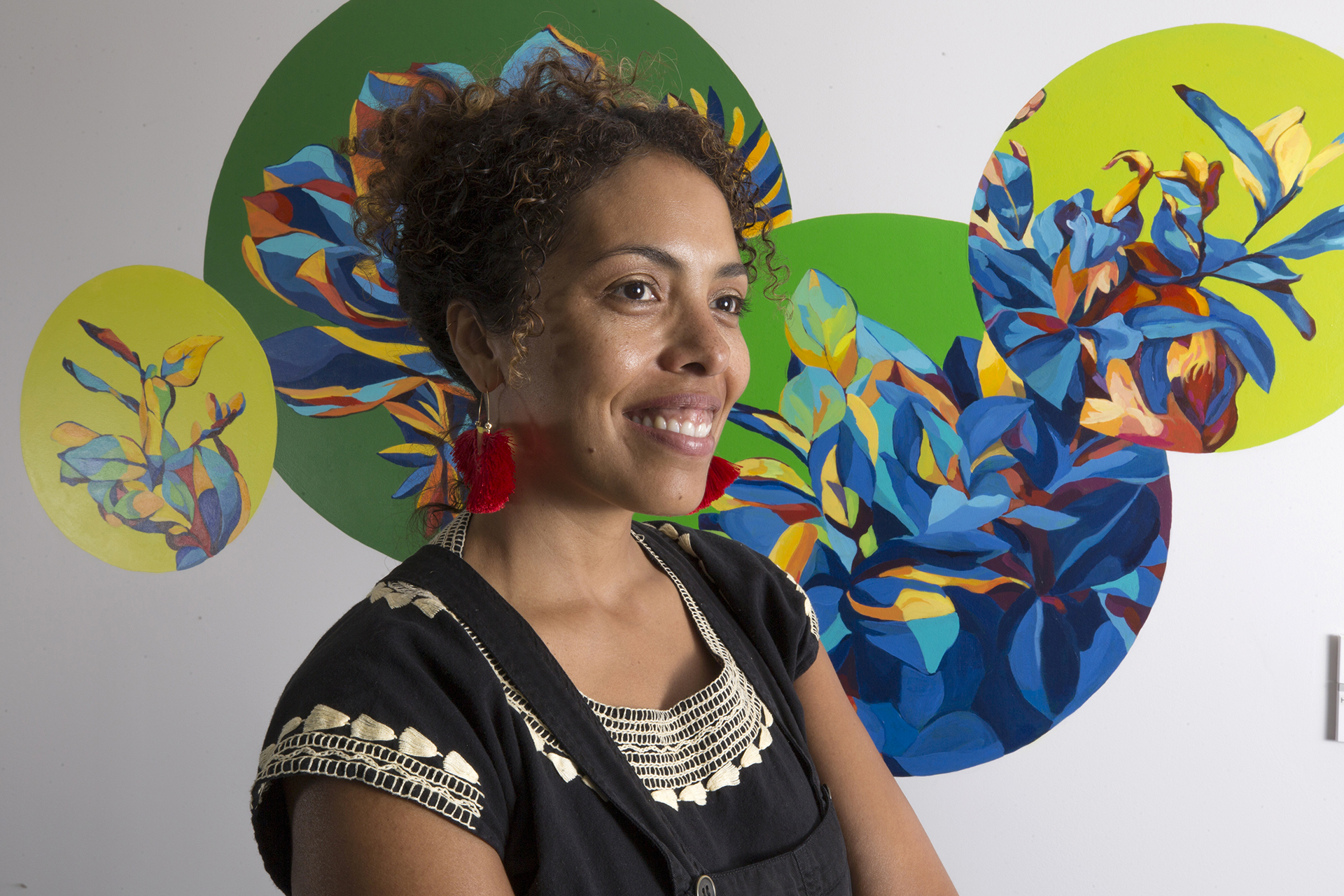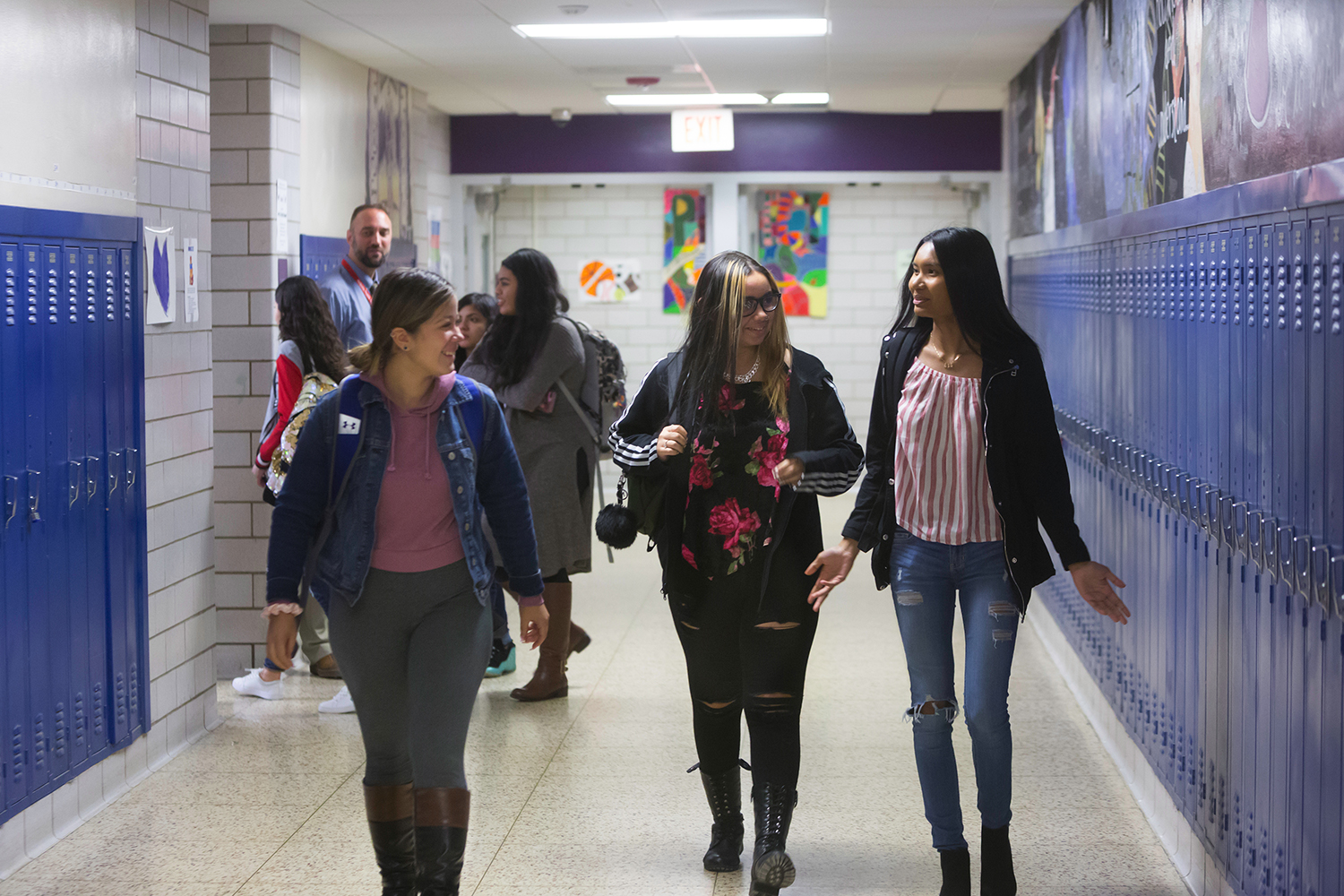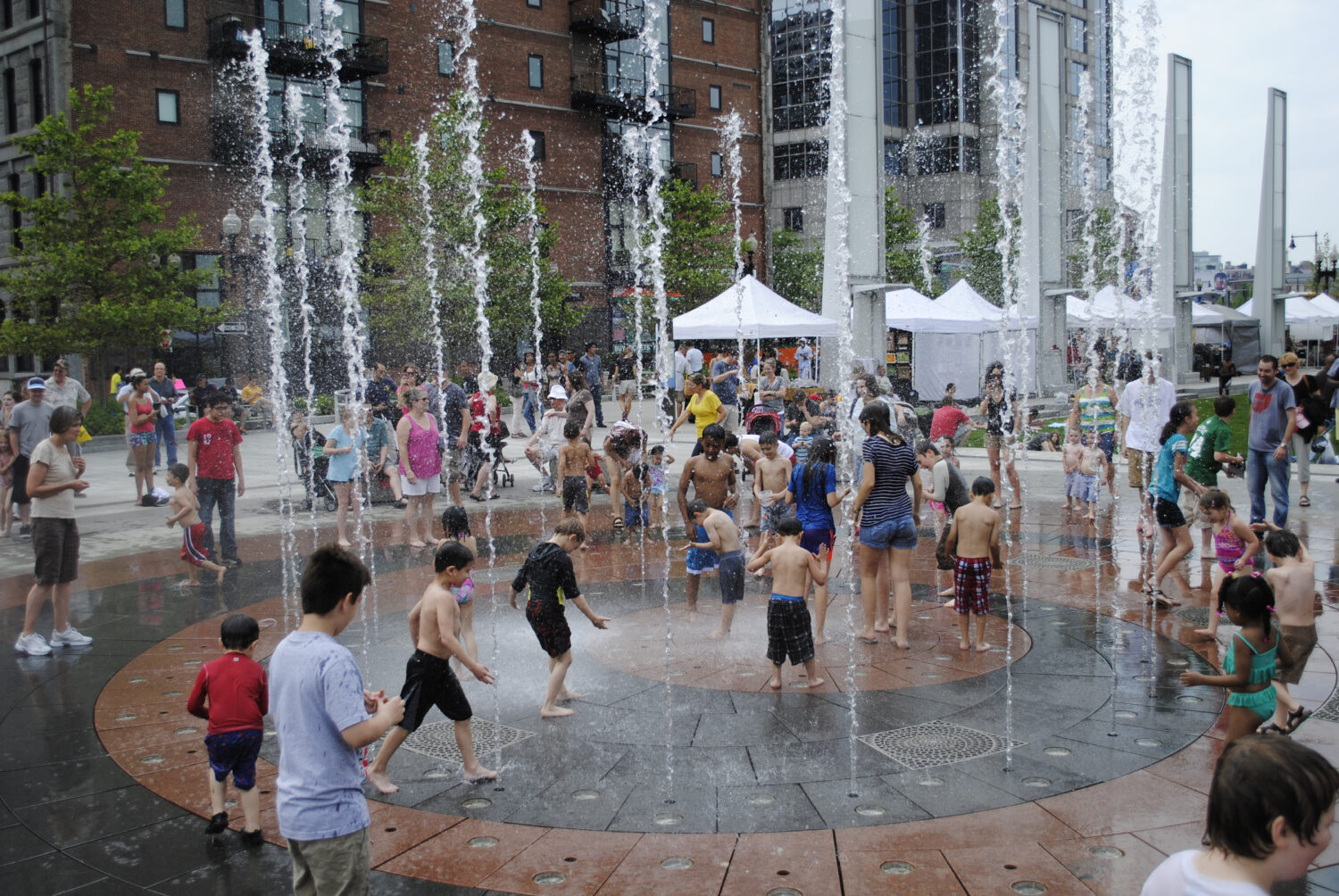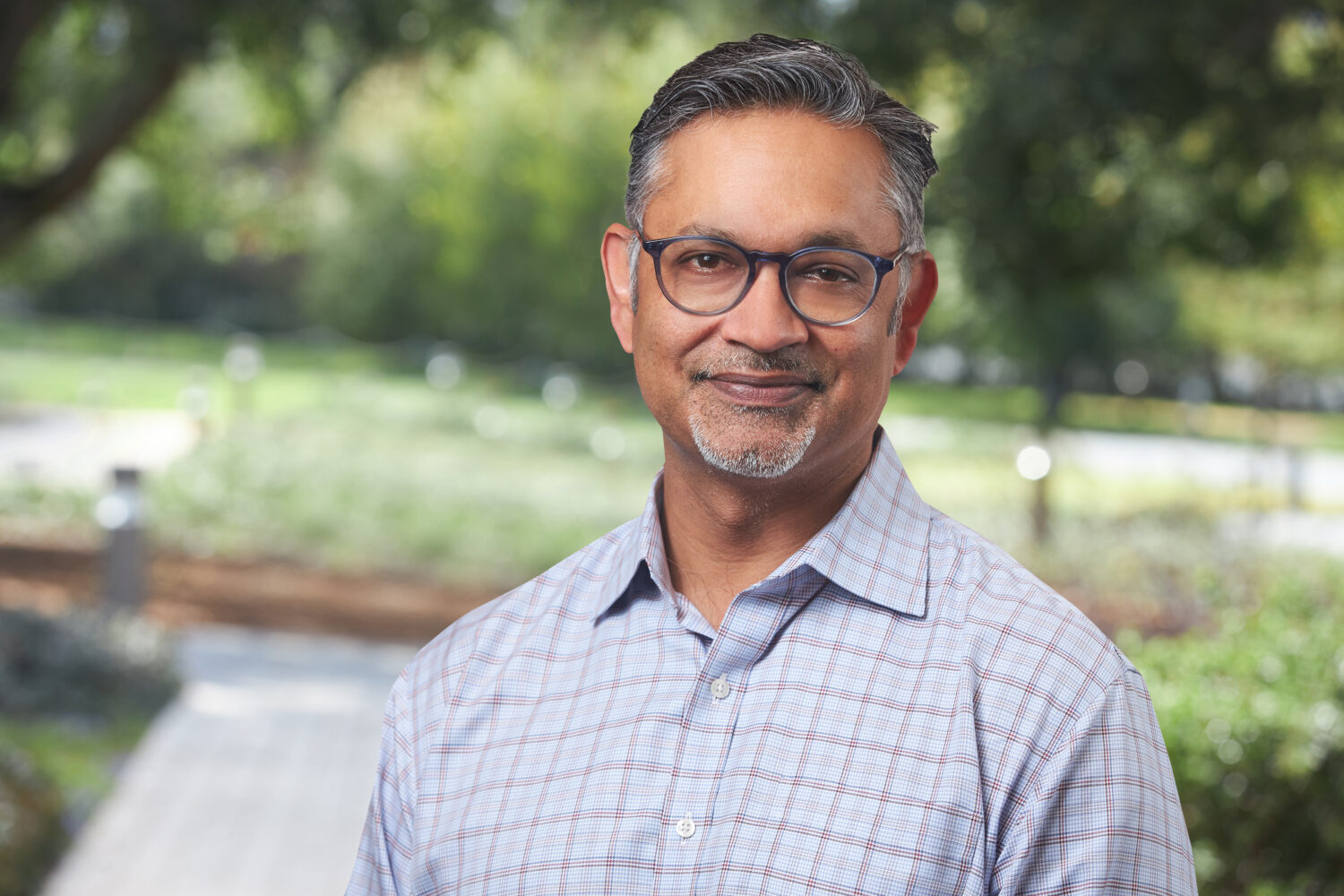Cecilia: How did you discover your passion for art?
Sylvia: I have wanted to be an artist since I was very young. I am lucky to have a family who supported that vision. There are a lot of creative people in my life in general. I grew up with parents that loved music, played instruments, and were part of a band when they were young.
Cecilia: What does the name “Rhythmic Nimbleness” mean?
Sylvia: I came across so much information on the Barr Foundation through research and discussions with staff. The word “nimble” stuck out to me. Then, as I was creating the patterns throughout the room, the “rhythm” of movement became apparent. The rhythm switches and changes, but it’s all interconnected. This piece is like music.
Time lapse: Watch as Silvia Lopez Chavez creates “Rhythmic Nimbleness”:
Cecilia: How do you create a mural like this?
Sylvia: I’m a big planner. As a graphic designer, my toolkit has both an analog and digital life. I’ll sketch in my sketchbook, but I also work on my laptop in Illustrator to create shapes.
Murals tend to be big, so I usually work with a team. I am passionate about supporting other female artists who want to do this work. We have a plan each day, each person has a guide to work through, and we set goals to accomplish.
Cecilia: What is the story of this mural?
Sylvia: I started by researching Barr, its work, the neighborhood, and the history of the organization. I explored the space where I would be creating: how is this room used and what happens in that space? How does light affect the space and what surrounds it?
Then, I met with Barr staff members to share ideas and incorporate their experience. The imagery of water and this idea of translucence, transparency and inter-connectedness really struck me. Whether it was a small drop of water or a big wave that created a giant ripple, water connects throughout. To create a more contemporary feel, I used abstract shapes in a variety of directions and tones to look like rivers, oceans, or rain.
Cecilia: What is it like to work with non-artists in a creative process?
Sylvia: In my practice as an artist, I do a lot of community-oriented work. I love working in untraditional places, like with patients at Boston Children’s Hospital, or on community art projects. It excites me to work with people who might not consider themselves artists and see them start to realize just how creative they are. Barr staff provided feedback throughout and helped me simplify. It was great to co-create in this way.

Cecilia: Tell us about your art background. What attracted you, as an artist, to the Boston area?
Sylvia: I went to an art school in the Dominican Republic and I did a four-year program, with two years in the Dominican Republic and two years at the Parsons School of Design. A friend of mine had moved to Boston and recommended MassArt. After some research, I decided to come to Boston for art school.
I didn’t really know how cold it was going to be! I came for school, and, in the beginning, I was determined to move back. I have dual citizenship, which made it easier to have a choice.
In my senior year, I interned at the Museum of Fine Arts in Boston. I was offered a full-time job and it was just such a great opportunity to grow within the organization. The longer you stay here, the easier it becomes.
Cecilia: From your perspective, how has public art in the greater Boston area changed since you started working here?
Sylvia: It’s been challenging to get public art to take off here. The process is cumbersome, but I am hopeful. We are taking steps in the right direction. Now the City has an artists’ desk to help artists navigate City Hall, permitting, and other challenges. People are hungry for these interactions with art in all levels, music, performance, theater, visual.
Cecilia: What is your ideal canvas to work on in Boston?
Sylvia: I don’t have a specific spot, but there are so many buildings that are completely blank. In the South End, you’ll have this beautiful park and then there’s nothing. Instead of seeing blank space, wouldn’t it be cool to create something beautiful and unexpected? It’s like a surprise.
Cecilia: Where else can people see your work?
Sylvia: My current mural is in Brookline at the corner of St. Paul and Dummer Street. It’s a mural commissioned by the Brooklyn Art Center. And I have one at Northeastern University’s Centennial Park. Last summer, I created a mural, curated by Now + There, on the bike path of the Charles River Esplanade. I have a mural inside the new Honeygrow restaurant on Summer Street. I’m currently working on a community mural in downtown Chelsea, commissioned by GreenRoots, Inc. and I’ll be back at Barr in the fall working in Pilot House.
Cecilia: Is there anything else you’d like us to know?
Sylvia: It’s so important to support the work of artists and art in Boston. Artists continue to leave the city because of the lack of opportunities and how difficult it is to make a living. Efforts for more workspace and affordable housing can go a long way in creating an ecosystem that supports local artists.Public art brings people together.We can lead by example by creating more supportive infrastructure here in Boston.Let’s work together to keep artists, our neighbors, and our friends in the community.
